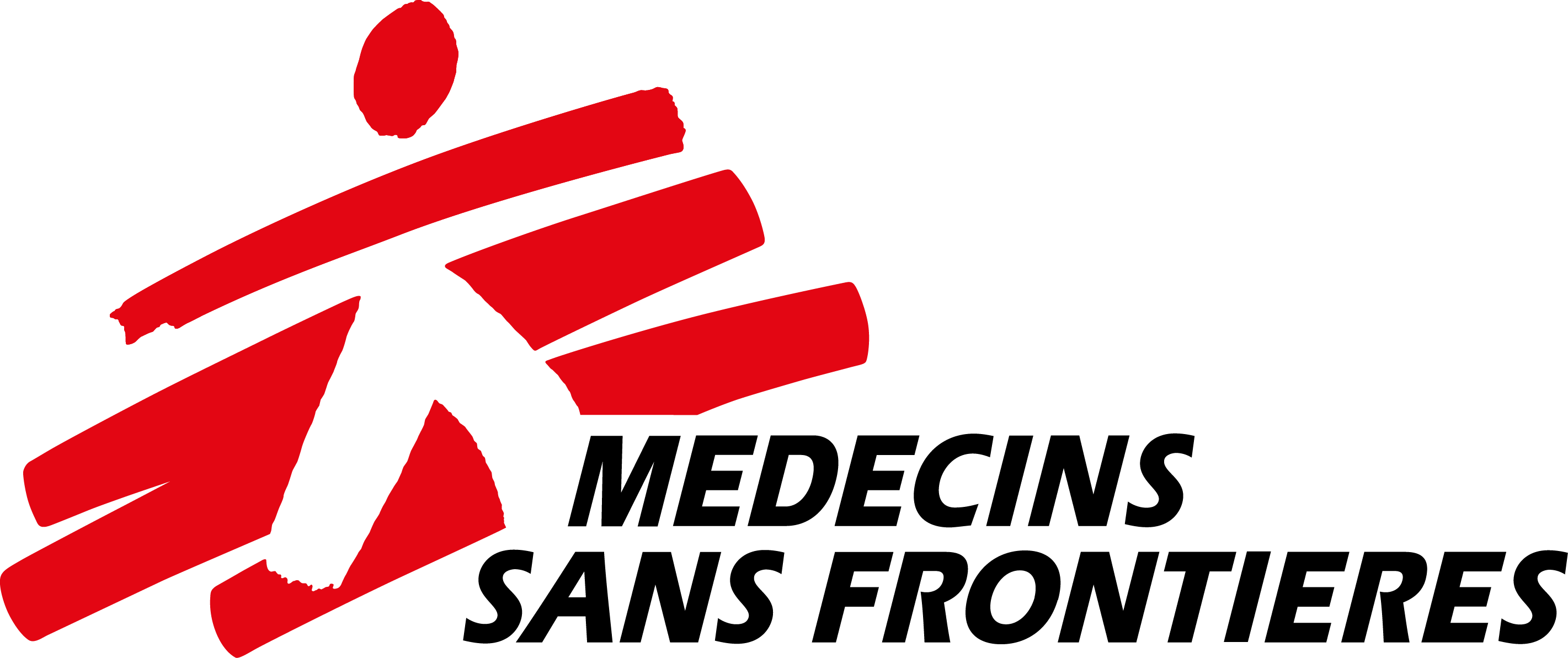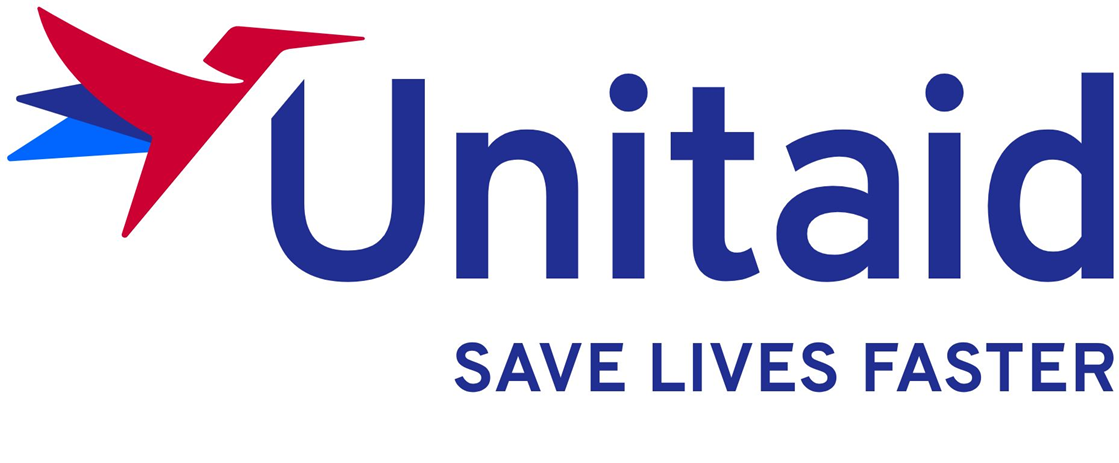Background: Pre-extensively drug-resistant (pre-XDR) tuberculosis (ie, multidrug-resistant or rifampicin-resistant with additional resistance to any fluoroquinolone) is difficult to treat. endTB-Q aimed to evaluate the efficacy and safety of bedaquiline, delamanid, linezolid, and clofazimine (BDLC) compared with the standard of care for patients with pre-XDR tuberculosis.
Methods: This open-label, multicentre, stratified, non-inferiority, randomised, controlled, phase 3 trial was conducted in ten hospitals in India, Kazakhstan, Lesotho, Pakistan, Peru, and Viet Nam. Participants aged 15 years or older who had pulmonary tuberculosis with resistance to rifampicin and fluoroquinolones were included. Participants were randomly assigned (2:1) to the BDLC group (all-oral bedaquiline 400 mg once per day for 2 weeks followed by 200 mg three times per week, delamanid 100 mg twice per day, linezolid 600 mg once per day for 16 weeks and then either 300 mg once per day or 600 mg three times per week, and clofazimine 100 mg once per day) or the control group (individualised WHO-recommended longer standard of care). Randomisation was stratified by country and baseline disease extent. BDLC was administered for 39 weeks (9-month regimen) for extensive disease and 24 weeks (6-month regimen) for limited disease and extended to 9 months for those with a positive culture at 8 weeks or later or a missing 8-week culture result. Site staff and participants were not masked, whereas investigators and laboratory staff were masked to treatment assignment. The primary endpoint was favourable outcome (two consecutive, negative cultures including one between weeks 65 and 73; or favourable bacteriological, radiological, and clinical evolution) at week 73 after randomisation in the modified intention-to-treat (mITT) and per-protocol populations. We report the risk differences adjusted for stratification variables, with a non-inferiority margin of –12%. This trial is registered with ClinicalTrials.gov, NCT03896685.
Findings: Between April 4, 2020, and March 28, 2023, 1030 individuals were screened and 324 (31%) were randomly assigned (219 to the BDLC group and 105 to the control group). 114 (46%) participants were female and 133 (54%) were male. Median age was 30·5 years (IQR 21·6–43·0). 157 (64%) participants had extensive disease at baseline. In the BDLC group, 47 (29%) of 163 were assigned to receive the 6-month regimen and 116 (71%) the 9-month regimen. The core regimen of BDLC plus one or more other drugs was used for 76 (91%) of 84 participants in the control group. At week 73, favourable outcome was reached by 141 (87%) participants in the BDLC group versus 75 (89%) in the control group in the mITT population (adjusted risk difference 0·2% [95% CI –9·1 to 9·5]; pnon-inferiority=0·0051) and by 138 (88%) of 157 versus 71 (93%) of 76 in the per-protocol population (adjusted risk difference –3·5% [–12·8 to 5·9]; pnon-inferiority=0·037). Overall non-inferiority was not shown. 145 (68%) of 213 participants in the BDLC group and 77 (73%) of 105 in the control group had at least one grade 3 or higher adverse event, with eight (4%) and two (2%) all-cause deaths by week 73, respectively.
Interpretation: The shortened BDLC strategy was not non-inferior to the control. Accumulating evidence suggests that this patient population might require longer, reinforced regimens.
Resource type
Topics




